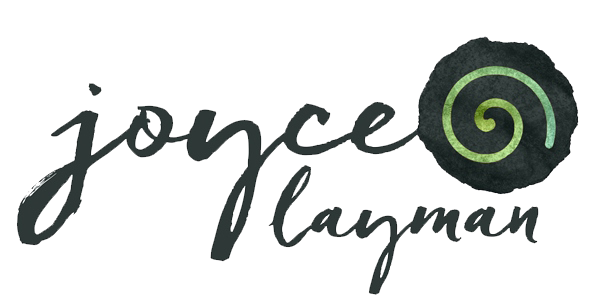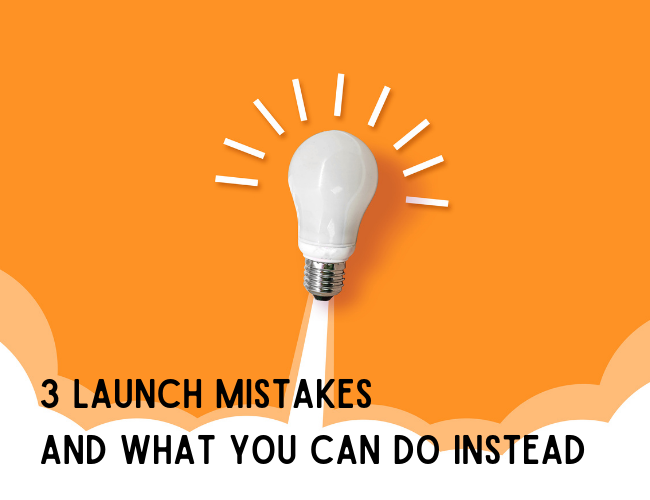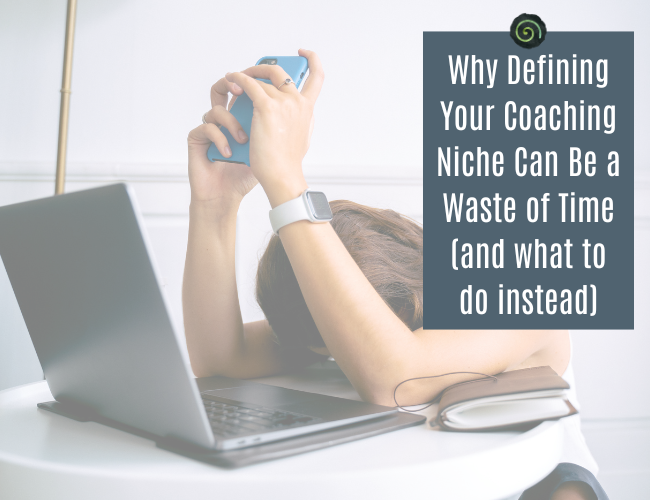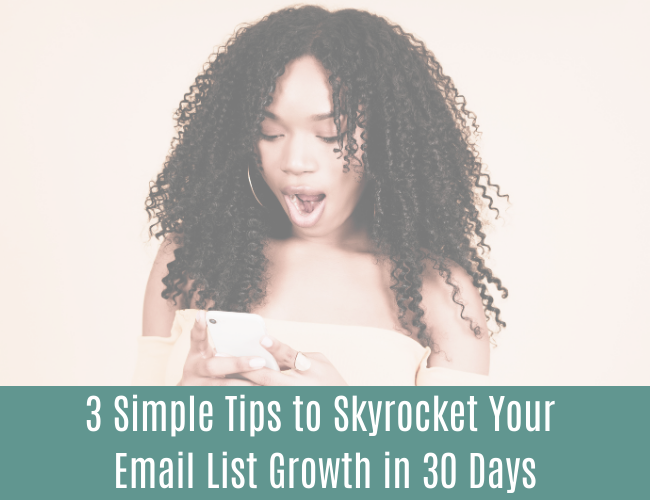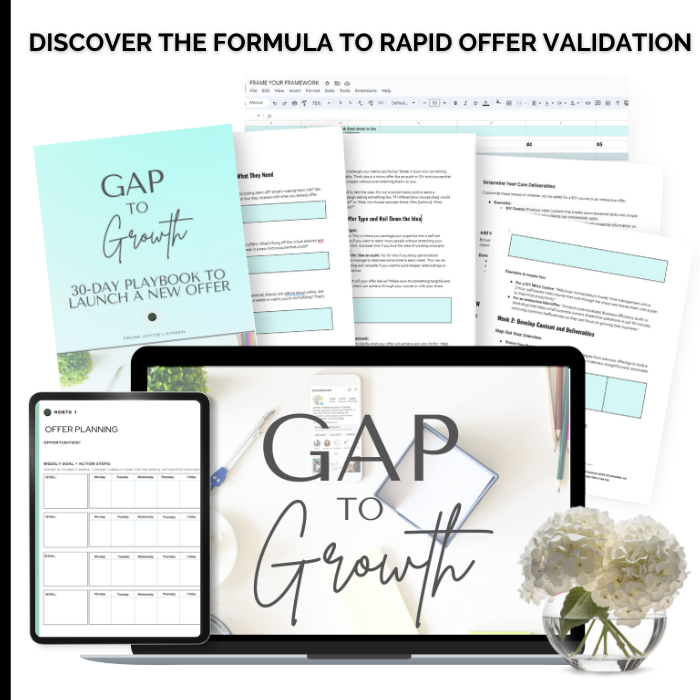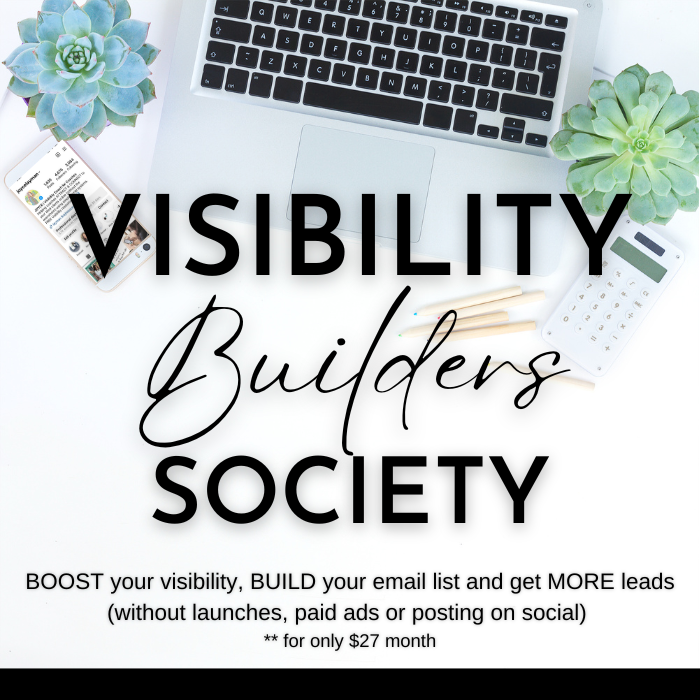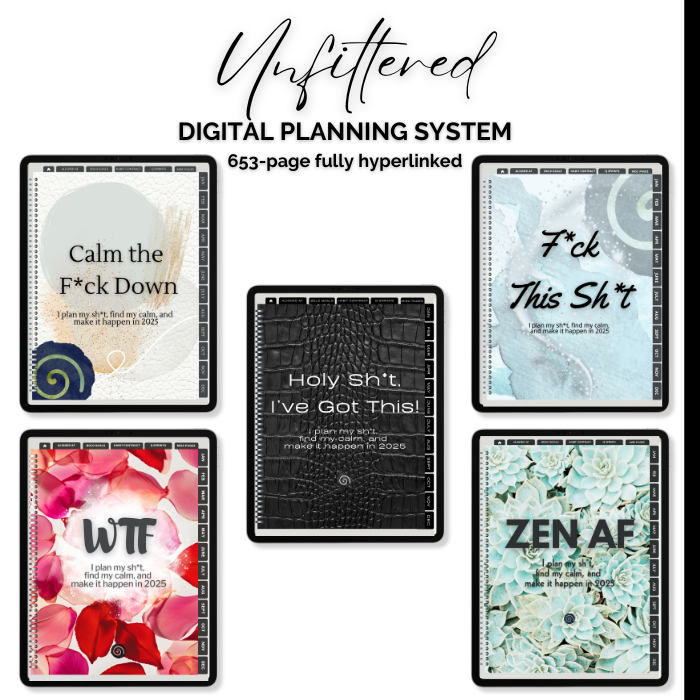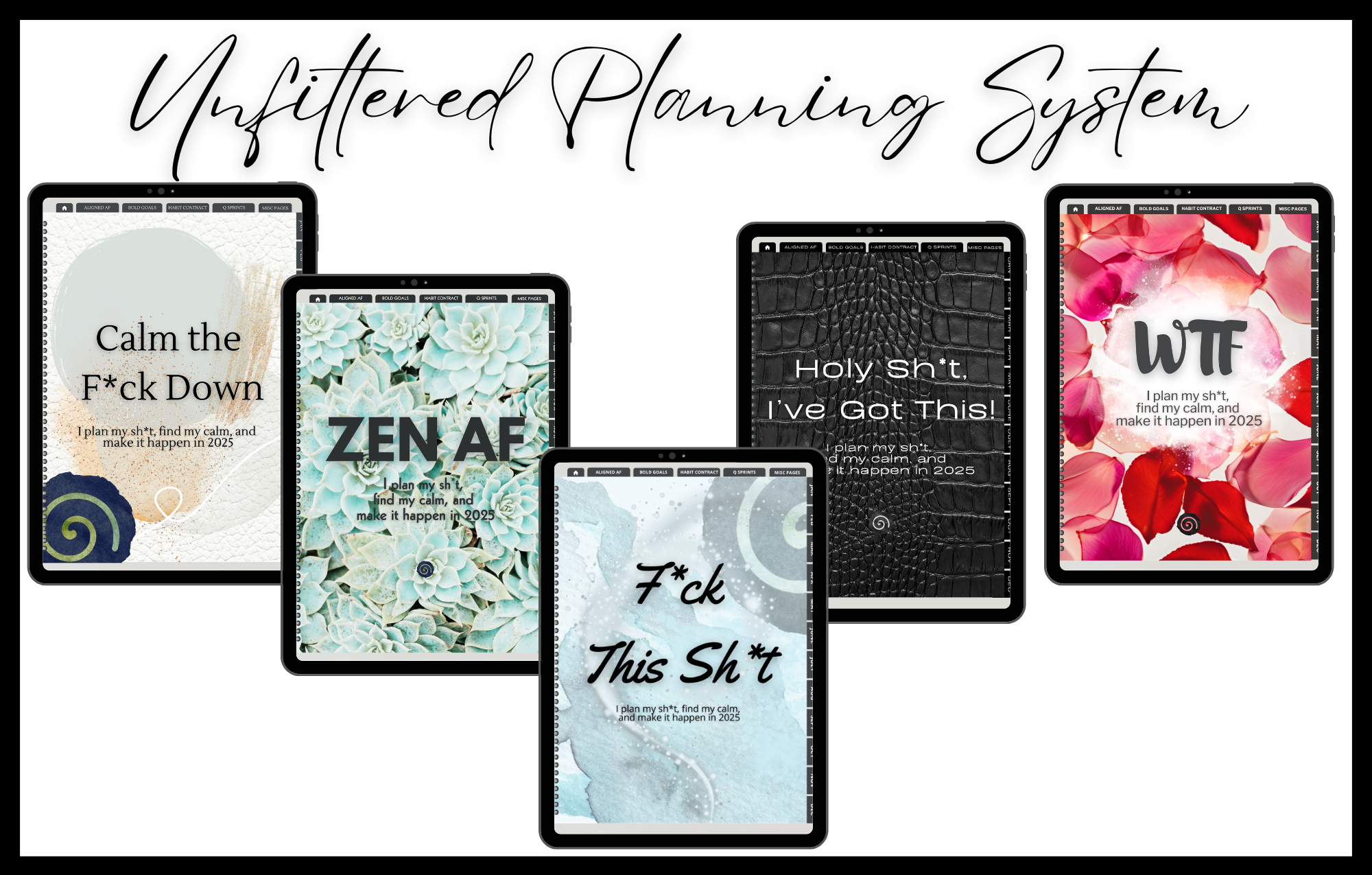You are probably seeing ‘how to launch a group coaching program’ all over social media. Unfortunately, a lot of it is misleading which will leave you frustrated after trying to implement all the things if you attempt to launch too soon.
But if you say, isn’t group coaching THE thing to do?? Yes, group coaching can help you to…
- Serve more people in less time
- Create a bigger impact
- Charge less, making it easier to sell
If you want to grow your coaching business without being overwhelmed with a launch, here are three mistakes to avoid and what you can do instead.
Mistake #1: Launching a Group Program with Less than 500 -1000 People on Your Email List.
The difficulty with launching a group coaching program is that you have to get a number of people to say yes to your offer, all at the same time. Online numbers are always consistent no matter what stage you are at in your business so let’s do the funnel math.
Let’s say you want to put 6 people in your group program. You’ll probably need 12-20 sales conversations to book those 20 people. And they’ll all have to happen within about a two-week period so people are ready to start on the same day. Unless you have a big audience or a very ‘hungry’ warm network, this is challenging.
What usually happens to coaches who try this:
They get one or two people to say yes, then end up doing ‘group’ calls with just a couple of people on them, for far less than if they had charged people for private work.
What to do instead:
“Launch” your coaching program by creating and selling a ‘Signature System’ that includes training and 1-1 coaching sessions. You can charge more than a group program because it’s 1-1.
After you start marketing it, you’ll end up with a list of people who didn’t buy from you, and that’s when you launch the ‘group’ version.
IMPORTANT – you need to consistently nurture your list between making offers or it will go cold.
Mistake #2: Believing That it’s Easier to Sell a Group Program as a New Coach
Usually, the reason that the higher-ticket, 1-1 version doesn’t sell is because
1) It’s not positioned in language that makes it irresistible or…
2) Your sales conversations need to be improved.
Yes, selling your coaching program requires actual conversations. Posting content and hoping someone buys from you is the ‘spray and pray’ approach to generating revenue. This is one of the biggest comfort zones that can stop you from growing your business.
Let’s talk conversions.
In terms of how many people say ‘yes’ to you (your sales conversion rate) your group program sales will be similar to your 1-1 program sales. Remember, numbers don’t lie so make sure you are tracking the number of calls you make weekly and the number of conversions from the calls.
What to do instead:
Unless you have LOTS of people banging down your door asking to be clients, start with 1-1 to get revenue flowing and develop traction. The added benefit of doing 1:1 is it gives you a chance to get feedback on your process.
Use the feedback to create the language for your offer page and social media content. The easiest way to capture this is through client interviews for feedback in THEIR language.
Mistake #3: Launching an Online ‘Event’ (with no list)
Maybe you’ve heard that a ‘Challenge’ or an online ‘Launch’ is a great idea. Nope and here’s why: The most difficult thing to get is attention in a crowded online world where everyone is competing to fill their challenges. If you’re trying to find people to pay attention to your Challenge, or your ‘Launch’ promotion, you’ll almost certainly struggle with numbers.
Let’s do some math: If you work really hard and have 100 people sign up for your challenge, probably 20-30 will attend live. Of those 20 or 30, perhaps 4 or 5 will schedule a sales call with you after the challenge IF you’re really good at offering your program. The result you’ll book 1 client, maybe 2. That’s a lot of work for 1 or 2 clients.
What to do instead:
Create a very simple funnel that is automated. When you do this right and recognize this is a strategy for the long-term, you can pull in leads 24/7. Good news – you need just a few things in place for this.
- Determine who your ideal client is and their biggest pain point.
- Create your lead magnet (if you don’t already have one) that focuses on helping them solve this pain point. Hint – help them get a quick win.
- Write a 5-part follow up email series to deliver the freebie and drip additional nuggets of value over two weeks to enhance your credibility and nurture the relationship
- Build a landing page where your target audience will opt-in for the lead magnet (this can be on your website or a platform that integrates landing pages with the automated emails.
- Use the content you’ve created to spark interest and share it on your social media platform/s
Once your funnel is in place make sure you check to see how it’s performing and tweak it as needed.
P.S. If you know you need a lead magnet but don’t know where to start, grab my Lead Magnet Quickstart Guide + Canva template to help you grow your list and get more clients.
